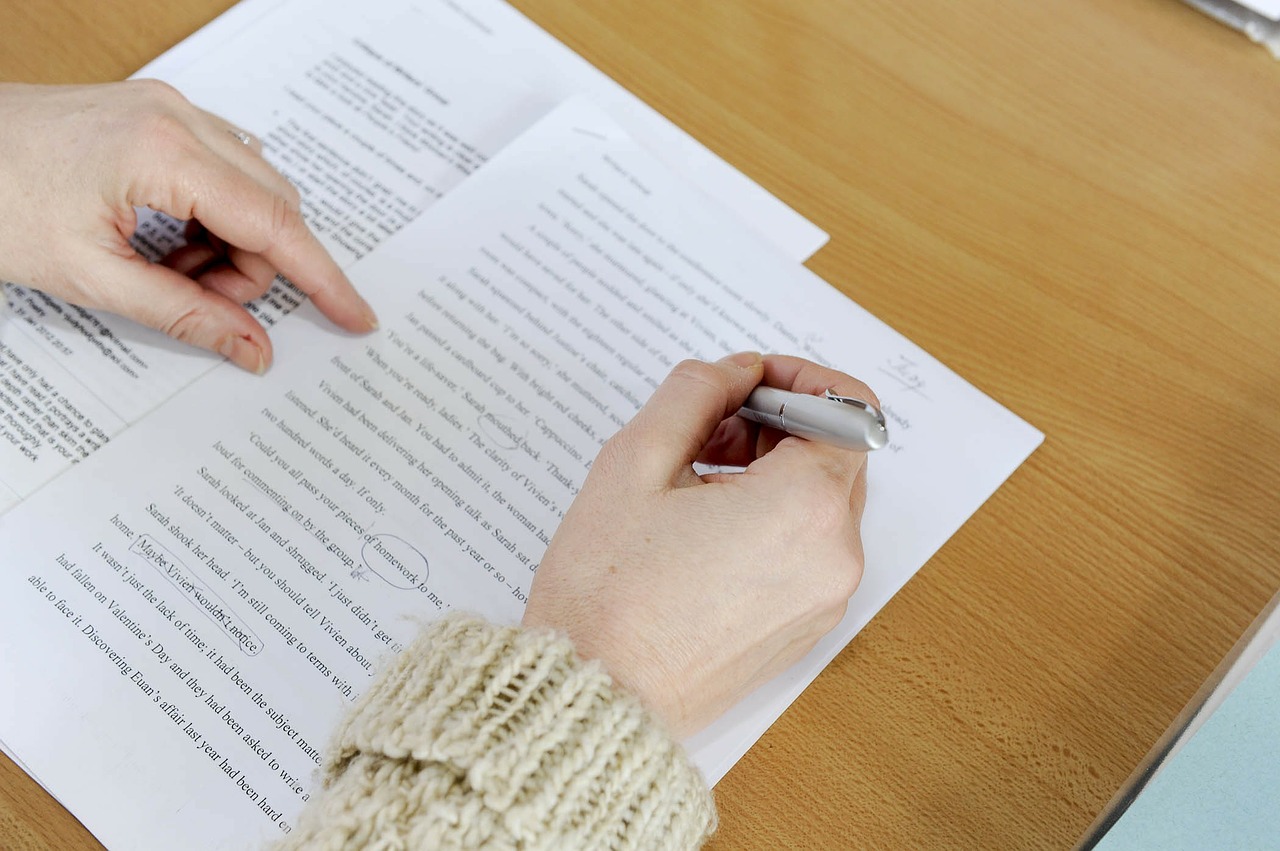What Kind of Editing do You Need?

There comes a time in every first-time writer’s life when they must start researching editors. It can so happen that they come upon such a surplus of information that they may not know where to begin and the process may become even more daunting to them.
However, it doesn’t need to be daunting at all. In this post, I’ve broken down the different types of editing in order to help give you a clear idea of what each type entails and where exactly your personal editing needs might stand.
Listed below are the four most prominent types of editing, starting from the earliest stages and moving down to the final stage before publishing.
Developmental Editing
If you have a story idea but find yourself stuck, or if you’ve finished your manuscript but after a few critiques you have a sense that something isn’t working and need some help figuring it out, then you most likely need a developmental edit.
A developmental editor is always needed at the earliest stages of writing when the story is still in its shaping stages. It could be that your manuscript is too long and you need help cutting it down. A developmental edit can help you figure out where exactly these scenes are and how you can go about better incorporating them, reducing them or even entirely cut them out.
Maybe your characters lack depth or they’re acting in ways that don’t concur with their personalities. A certain emotional scene is not pulling at the heartstrings of the readers as you expected. Maybe the description of certain action scenes is confusing and hard to visualize.
Maybe the plot structure is doing loopy loos around an issue, never quite arriving at a climax or resolution. This could be due to a lack of a clear theme or too much information that keeps the story from moving forward. A developmental editor has a trained intuition to spot these problem areas that are often hiding behind the writer’s blindspot.
When it comes to issues of structure, pacing, plausibility, readability, character development, dialogue, narrative flow and everything else encompassing “the big picture,” all of these are covered within a developmental edit.
Line editing
Line editing, like the term implies, is when an editor takes a close look at the language of your manuscript, sentence by sentence. A line edit won’t look at grammar issues, but rather give you advice on how to improve the readability in terms of word usage, voice, tone, mood all while maintaining your unique writing voice and style. A line edit will help you clear out issues of redundancies, vagueness, clarity, and poignancy, so that the pictures you paint with your words are always crisp and convey the meaning that you wish them to have.
Copyediting
Copyediting and line editing walk almost hand in hand, but while a line edit can sometimes include copyediting, copyediting exclusively focuses mostly on errors of grammar, syntax, typos, fact-checking, pointing out inconsistencies, as well as ensuring your manuscript is following the correct style guide, whether that be The Chicago Manual of Style, Associated Press Style or even a specific in-house style guide.
Proofreading
A proofread is almost like a copy edit, but this is strictly the last step before publishing. By the time you get to the proofreading stage, your manuscript will already have undergone a developmental edit, a line edit and a copy edit. The final “proof” will ensure to find any errors that were missed by the copy editor. This means spelling mistakes, grammatical errors, and other visual issues that could interrupt the reader’s experience.
Sometimes you’ll need one of these at the time, and sometimes you will need a combination of these, which is why sometimes the lines of the different types of editing can blur.
If you still need further help understanding what kind of editing your story needs, feel free to message me. We can discuss what stage your story is at and figure out what the best editing approach will be.